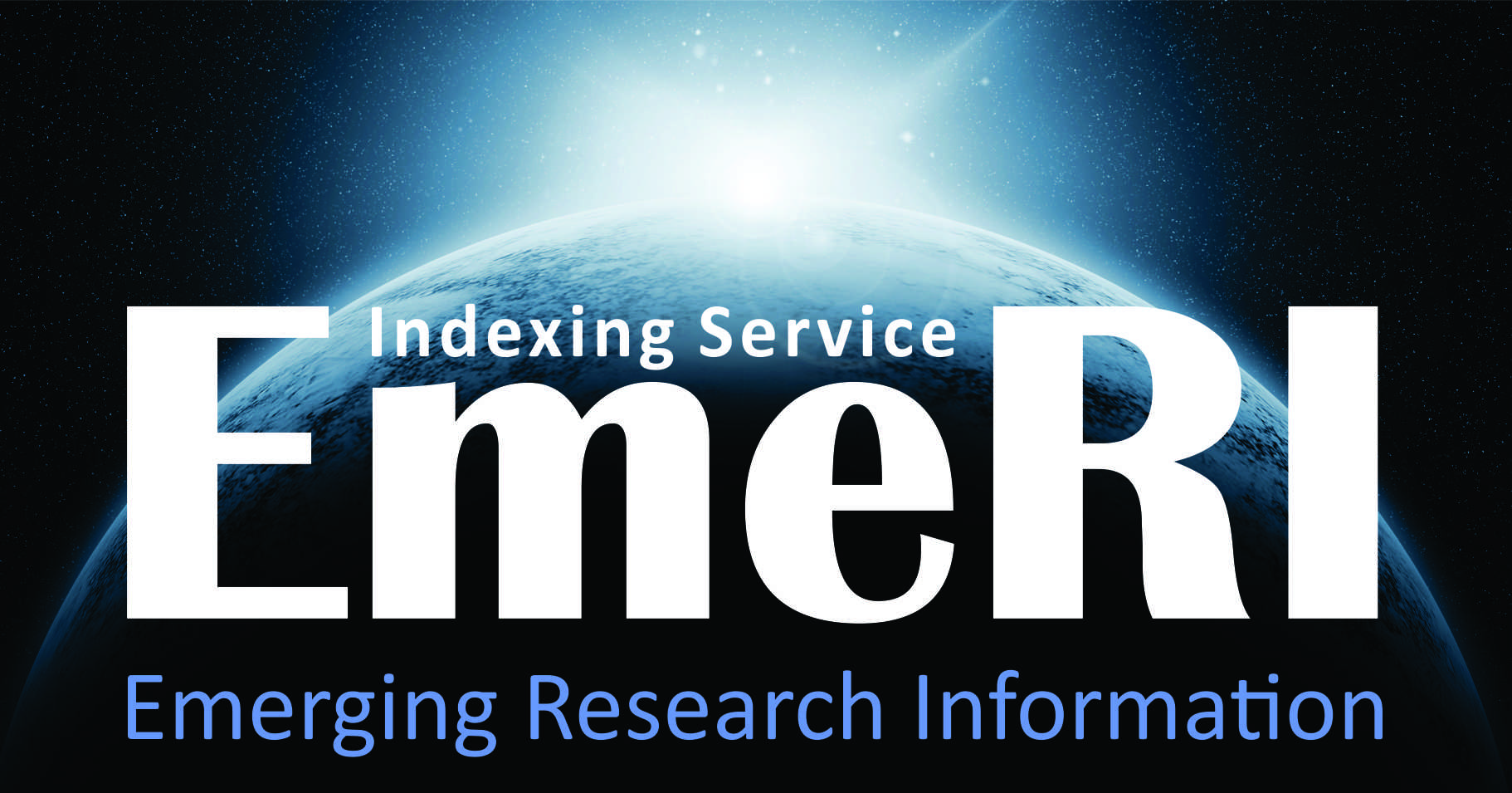Please use this identifier to cite or link to this item:
http://preprints.ibict.br/handle/1618034/72Full metadata record
| DC Field | Value | Language |
|---|---|---|
| dc.contributor.editor | Arbeláez Rodríguez, Gloria del Rocío | - |
| dc.creator | Caicedo Escudero, Daniela Margarita | - |
| dc.creator | Rengel Maldonado, Juan Fernando | - |
| dc.creator | Torres Toala, Fausto Gady | - |
| dc.date | 2020-10-25 | - |
| dc.date.accessioned | 2020-11-05T19:50:08Z | - |
| dc.date.available | 2020-11-05T19:50:08Z | - |
| dc.identifier.issn | 2661-6947 | pt_BR |
| dc.identifier.uri | http://preprints.ibict.br/handle/1618034/72 | - |
| dc.description.abstract | INTRODUCTION. The healing process may derive in abnormalities, that affect the aesthetics and functional appearance of the affected area. being the combination of treatments, which allowed a favorable result. OBJECTIVES: To evaluate the recurrence of keloid scar in patients treated with surgical resection plus radiotherapy at the “Carlos Andrade Marin” Specialty Hospital during the period from 2013 to 2019. METHODOLOGY: Descriptive, analytical and retrospective study. From a population of 2,960 patients, a sample of 100 was taken, who met the inclusion criteria: diagnosis ICD10 L910 keloid scar, ages between 12 and 75 years, complete data in the Medical Records and combination of surgical treatment and radiotherapy. Exclusion criteria: ages out of range, incomplete medical records data, different treatment, the study was carried out at the ¨Carlos Andrade Marín¨ Specialty Hospital during the period January 2013 to December 2019. The data were taken from the AS400 system clinical records , the analysis was carried out in the statistical program International Business Machines Statistical Package for the Social Sciences, version 22 RESULTS: were located in the auricular pavilion, 57% were after perforation, recurrence occurred in 24% of patients, and the main complication was radiodermatitis. CONCLUSIONS: The main factors related to the recurrence of the keloid scar were sex, location in the ear and causative agents such as trauma and perforation. The most common complications were radiodermatitis and wound dehiscence. | en |
| dc.language | Espanhol | pt_BR |
| dc.title | Keloid scar recurrence in patients treated with surgical resection plus radiotherapy (in Spanish) | en |
| dc.title.alternative | Recidiva de cicatriz queloide en pacientes tratados con resección quirúrgica más radioterapia | es |
| dc.identifier.doi | 10.36015/preprint2020007 | pt_BR |
| dc.publisher.country | Ecuador | pt_BR |
| dc.subject.keywords | External Ear | en |
| dc.subject.keywords | Keloid | en |
| dc.subject.keywords | Hypertrophic Cicatrix | en |
| dc.subject.keywords | Surgical Wound Dehiscence | en |
| dc.subject.keywords | Radiotherapy | en |
| dc.description.abstractalternative | INTRODUCCIÓN. El proceso de cicatrización puede derivar en anomalías, que afectan el aspecto estético y funcional de la zona afectada, siendo la combinación de tratamientos los que han permitido un resultado favorable. OBJETIVOS. Evaluar las recidivas de cicatriz queloide en pacientes tratados con resección quirúrgica más radioterapia en el Hospital de Especialidades Carlos Andrade Marín, período enero 2013 a diciembre 2019. MATERIALES Y MÉTODOS. Estudio descriptivo, analítico y retrospectivo. De una población de 2 960 pacientes se tomó una muestra de 100, que cumplieron los criterios de inclusión: diagnostico CIE10 L910 cicatriz queloide, edades entre 12 a 75 años, datos completos en las Historias Clínicas y combinación de tratamiento quirúrgico y radioterapia. Criterios de exclusión: edades fuera del rango, datos de Historias Clínicas incompletos, tratamiento diferente, el estudio se realizó en el Hospital de Especialidades Carlos Andrade Marín durante el período enero 2013 a diciembre 2019. Los datos fueron tomados de las Historias Clínicas del sistema AS400, el análisis se realizó en el programa estadístico International Business Machines Statistical Package for the Social Sciences, versión 22. RESULTADOS. Localización más frecuente pabellón auricular con un 83% (83; 100), el 57% (57; 100) fueron posterior a perforación, la recidiva se presentó en el 24% (24; 100) de los pacientes y la principal complicación fue Radiodermitis. CONCLUSIONES. Los principales factores que se relacionaron con la recidiva fueron: sexo, localización en el pabellón auricular y agentes causales como el trauma y la perforación. Las complicaciones más comunes fueron la Radiodermitis y dehiscencia de la herida. | es |
| dc.subject.keywordsalternative | Oído Externo | es |
| dc.subject.keywordsalternative | Queloide | es |
| dc.subject.keywordsalternative | Cicatriz Hipertrófica | es |
| dc.subject.keywordsalternative | Ehiscencia de la Herida Operatoria | es |
| dc.subject.keywordsalternative | Radioterapia | es |
| dc.description.reference | Caicedo Escudero, Daniela Margarita; Rengel Maldonado, Torres Toala, Juan Fernando (2020). Recidiva de cicatriz queloide en pacientes tratados con resección quirúrgica más radioterapia (preprint sometido a: CAMBIOS Revista Médica Científica). EmeRI - Emerging Research Information. DOI:10.36015/preprint2020007. | pt_BR |
| dc.title.journal | Revista Médica Científica Cambios | pt_BR |
| dc.identifier.url | https://revistahcam.iess.gob.ec/index.php/cambios | pt_BR |
| dc.publisher.name | Hospital de Especialidades Carlos Andrade Marín | pt_BR |
| dc.relation.informationservices | Latindex-Catálogo 2.0 | pt_BR |
| dc.relation.thematicinformationservices | LILACS (Literatura Latino-Americana e do Caribe em Ciências da saúde) | pt_BR |
| dc.relation.thematicinformationservices | ROAD (Directory of Open Acess Scholary Resources) | pt_BR |
| dc.subject.abecclassification | Medicina | es |
| dc.subject.abecclassification | Ingeniería Biomédica | es |
| dc.subject.abecclassification | Psicología | es |
| dc.subject.abecclassification | Física Médica y Biofísica | es |
| dc.subject.abecclassification | Química Médica y Bioquímica | es |
| dc.subject.abecclassification | Fisiología | es |
| dc.subject.abecclassification | Biomedicina | es |
| dc.subject.abecclassification | Parasitología | es |
| dc.subject.abecclassification | Microbiología | es |
| dc.subject.abecclassification | Genética | es |
| dc.subject.abecclassification | Neurociencias | es |
| dc.subject.abecclassification | Salud pública | es |
| Appears in Collections: | Revista Médica Científica Cambios | |
Files in This Item:
| File | Description | Size | Format | |
|---|---|---|---|---|
| EmeRI2661-6947a20n007.pdf | 597.08 kB | Adobe PDF | View/Open |
